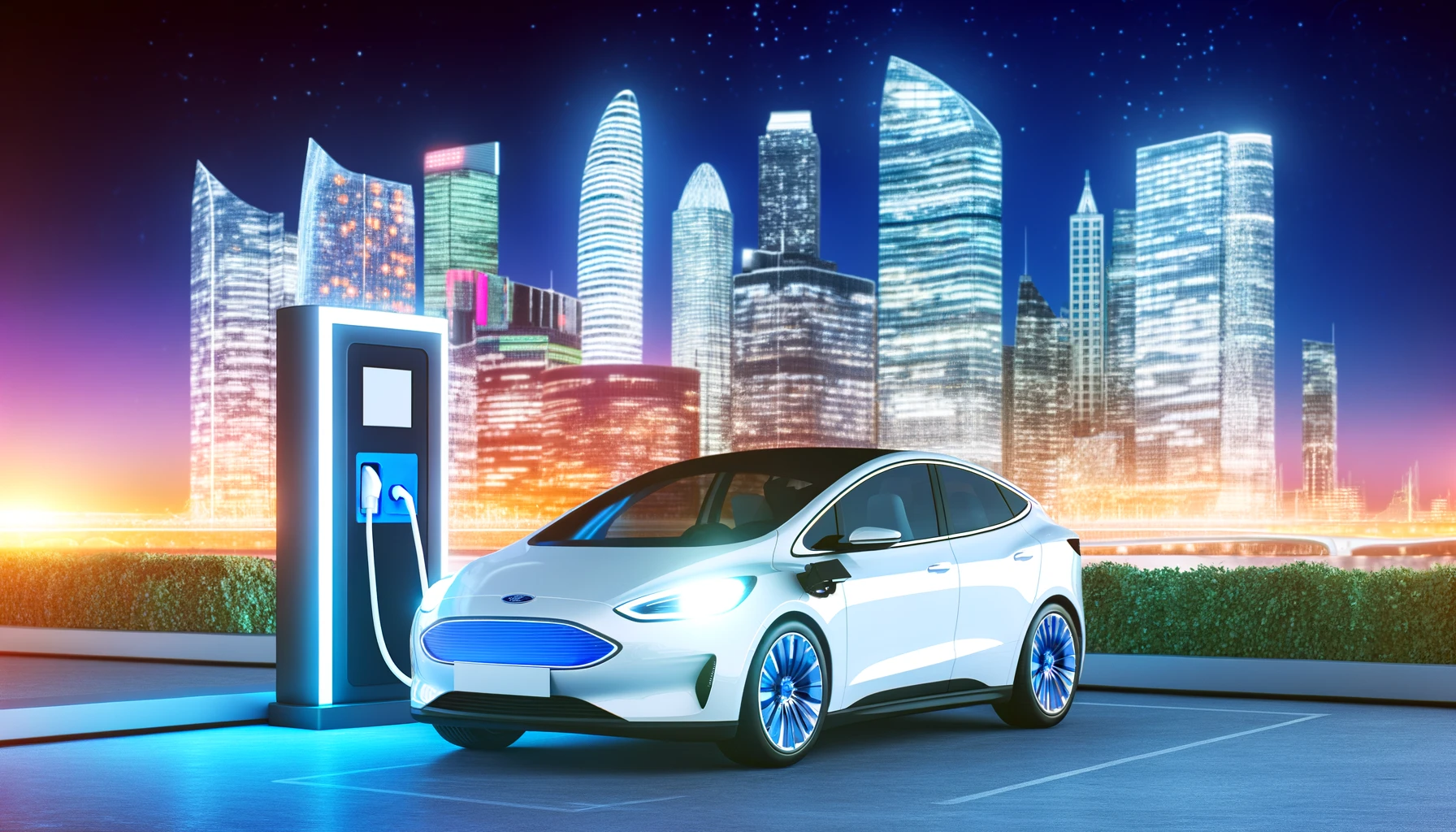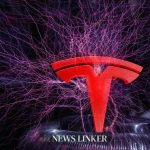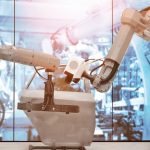Ford Motor Company has announced a significant reduction in its workforce dedicated to the F-150 Lightning electric vehicle, as it navigates the challenging landscape of electric vehicle production and market demand. In an effort to realign its strategy, the automaker is not only adjusting its manufacturing commitments but also ensuring its internal combustion engine vehicles, which continue to be its financial mainstay, receive ample attention. This move comes amidst the broader industry trend of automakers grappling with the right balance between accelerating EV adoption and managing production realities.
Workforce Reassignment and Retirement Offers
The Detroit Free Press reports that Ford’s decision will affect workers at the Rouge Electric Vehicle Center, where two-thirds of the workforce, equating to 1,400 employees, face reassignment or the option of a retirement package. Ford aims to transfer these employees to the Michigan Assembly Plant or offer them a buyout that was negotiated during last year’s union talks. The remaining 700 employees at the EV center will continue their current roles, focusing on the scaled-back production of the F-150 Lightning.
Ford’s Financial Strategy Amidst EV Challenges
Ford’s financial health has been bolstered by steady sales of its gasoline-powered vehicles, such as pickups, SUVs, and cars. The Michigan Assembly Plant is ramping up by adding a third shift to further support the production of gas vehicles. This move underlines the existing market demand for traditional vehicles and Ford’s reliance on them for profitability. Ford’s electric vehicle models are facing slower-than-expected demand, as indicated by the automaker’s CFO, prompting a reassessment of production and capacity plans.
When looking at the broader automotive landscape, Ford’s recent production cut of the F-150 Lightning is not an isolated incident. In 2021, industry reports indicated that several automakers were facing similar challenges, with production adjustments and realignments common as the market for electric vehicles continued to evolve. During this period, companies were seen to recalibrate their strategies in response to consumer demand, supply chain issues, and technological advancements. In the same vein, Automotive News discussed the impact of ongoing semiconductor shortages on the industry, which has led to production delays and modifications across several automakers, including Ford. Meanwhile, The Wall Street Journal highlighted the increasing competition in the electric vehicle sector, with new entrants and legacy carmakers alike vying for market share, adding complexity to production and sales strategies.
Battery Technology’s Role in EV Adoption
According to union representatives, battery technology advancements and their subsequent integration into vehicle designs are pivotal to the adoption of electric vehicles. While Ford had initially projected high production volumes for its electric truck, these figures have been significantly scaled back. UAW Local 862 President Todd Dunn cited factors such as the limited range on current battery charges and the introduction of new battery technologies overseas as contributing to the more cautious production approach.
Useful Information for the Reader
- Workers facing reassignment may transfer to the Michigan Assembly Plant or accept a retirement package.
- Ford’s financial health remains strong due to robust sales of gas vehicles.
- Battery technology advancements are key to increasing the uptake of EVs.
Ford’s strategic pivot in the electric vehicle domain underscores the complex interplay between consumer preferences, technological breakthroughs, and economic imperatives. The auto giant’s decision reflects a cautious approach to EV production, considering the market’s slower-than-anticipated growth. It also points to a broader industry-wide conundrum where automakers must balance innovation with practicality. Ford’s commitment to job preservation amidst these changes is noteworthy, as is the company’s transparent communication with stakeholders during this transition. As Ford recalibrates its EV ambitions, the industry at large will likely take cues from its outcomes and adjust their strategies accordingly.










